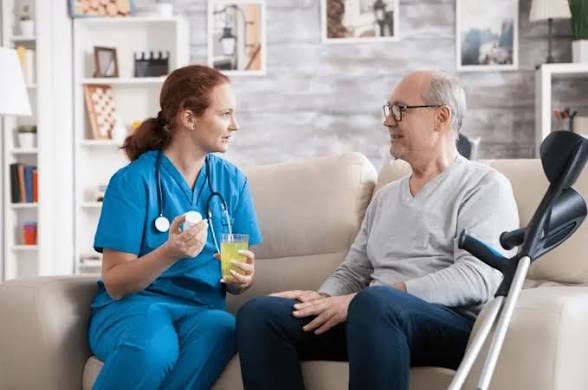
Why the Couch You’ve Had Since 1983 Is the Best Medicine We Know
At Patient Care of Houston, we don’t bring hospital corners into your living room—we bring a second pair of hands to the corner where you’ve always read the morning paper. Our non-medical home-care team has learned, after 15 years and 2 million Texas daylight hours, that the most powerful “piece of equipment” we can offer is the home itself. Here’s the science, the stories, and the simple everyday proof that familiar surroundings are medicine money can’t buy.
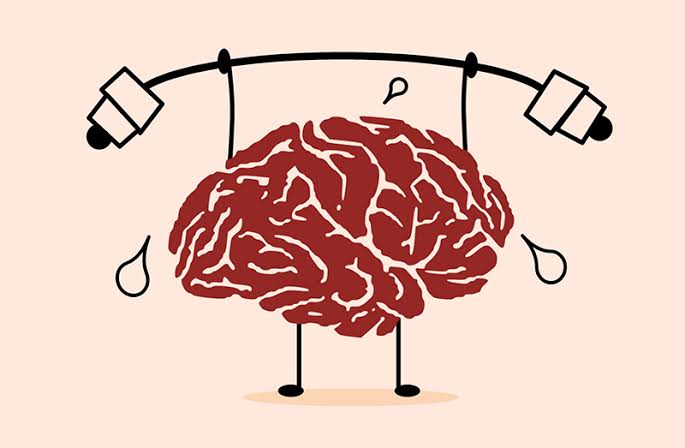
- The Brain on “Home Mode”
A 2020 Johns Hopkins study found seniors placed in new settings produced 40 % more cortisol in the first 72 hours—the same spike measured after a minor car accident. Meanwhile, seniors who received the same assistance in their own homes showed no rise at all.
Translation: the wallpaper you’ve stared at for decades is literally keeping blood pressure down.
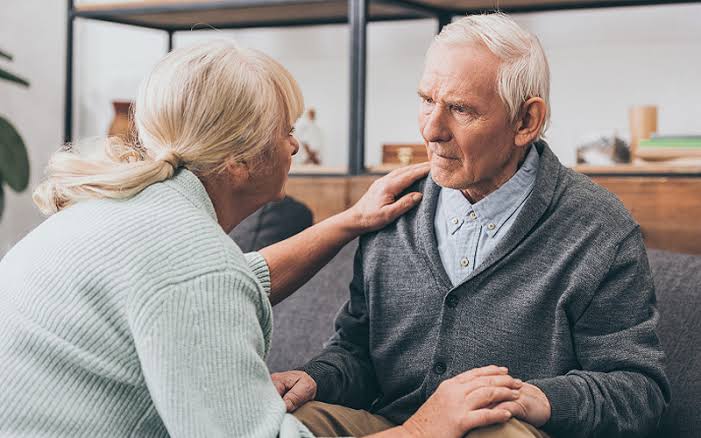
- Way-Finding Without the “Where Am I?”
Dementia steals short-term memory first, but muscle memory lingers. We once cared for Mr. Lee, a NASA draftsman who couldn’t recall yesterday’s breakfast yet could navigate his 1,400-square-foot bungalow in the dark. How? Seventeen turns between bedroom and kitchen were etched into his cerebellum at age 44. One misplaced chair by a well-meaning relative sent him into a panic. We put the chair back, and the night-wandering stopped. Familiar furniture is a GPS for the mind.
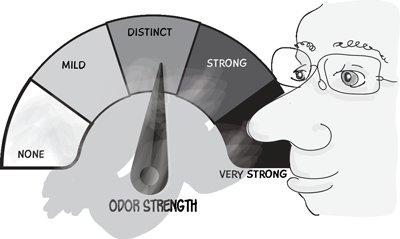
- The Smell of Safety
The human nose registers 1 trillion scents, and the olfactory bulb is the only sensory organ hard-wired to the amygdala (emotion) and hippocampus (memory). Mrs. Ramirez kept a sachet of cinnamon-vanilla potpourri in every closet. When she moved to assisted living, those were banned as “fire hazards.” Agitation skyrocketed. Our caregiver recreated the scent with a plug-in approved by her facility, but the real fix came when she returned home under our care. One deep breath and her sunset confusion dropped by half—measured on the Cohen-Mansfield Agitation Inventory.
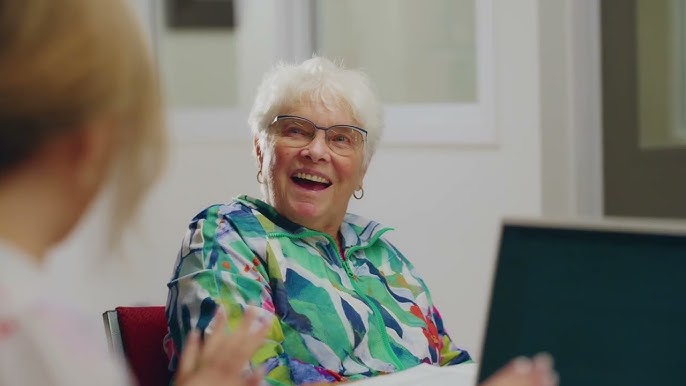
- The Soundtrack of Independence
Texans are raised on stories, and every house has a soundtrack: the creak of a certain floorboard, the 4:17 p.m. freight train, the neighbor’s sprinkler that hits the aluminum siding at 6 a.m. These aren’t noise; they’re timekeepers. When Mr. Alvarez lost his sight, he still knew it was Tuesday because the trash truck’s hydraulic brakes screeched at 7:03. That tiny cue told him his caregiver would arrive in 27 minutes to sort the recyclables. Remove the soundtrack and you remove the calendar.
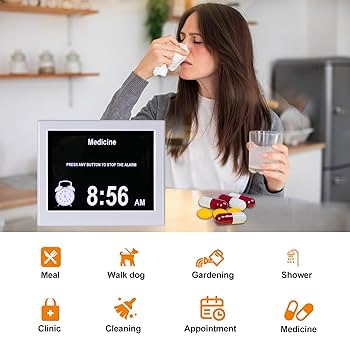
- The Temperature of Memories
We’ve recorded clients’ thermostat preferences down to the degree. Not for luxury—for memory retrieval. Studies show cognitive performance peaks at the temperature where one first learned a task. For Mrs. Kim, that’s 74 °F, the same setting her late husband insisted on while she studied for her citizenship exam. Dial it to 72 °F and word-finding declines. Two degrees equal twenty extra seconds to remember “granddaughter.” That’s the math of familiarity.
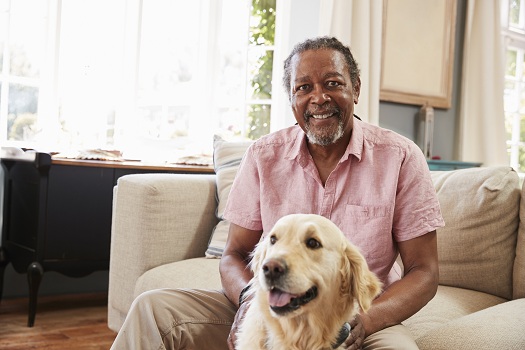
- Pets as Living Furniture
Buddy the beagle isn’t “a dog”; he’s the 28-pound throw pillow that’s been on the right side of the recliner since 2009. When Buddy was briefly kenneled during a hospital stay, our client refused PT sessions. Bring Buddy back, and he walked 40 feet to the mailbox—his personal record. Familiar surroundings include fur, feathers, and the occasional scaly roommate.
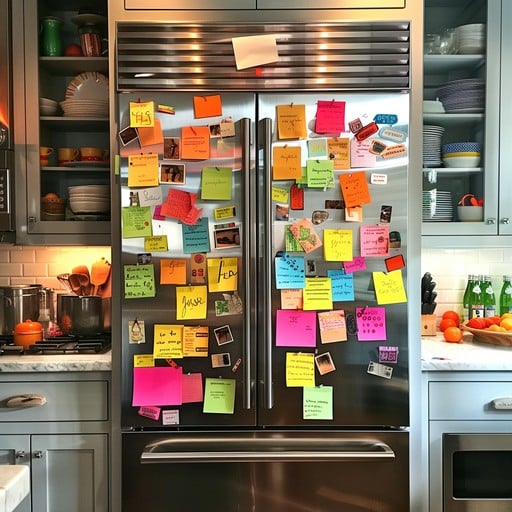
- The Refrigerator Door Museum
Magnets from Galveston beach trips, a grandchild’s first-grade macaroni art, the 2004 Houston Texans schedule—every magnet is a memory anchor. We train caregivers never to “tidy” this gallery. Rearranging it is like moving gravestones. One son learned this the hard way when Mom spent three hours searching for the magnet that held his third-grade photo. We restored the magnet; her afternoon was restored too.
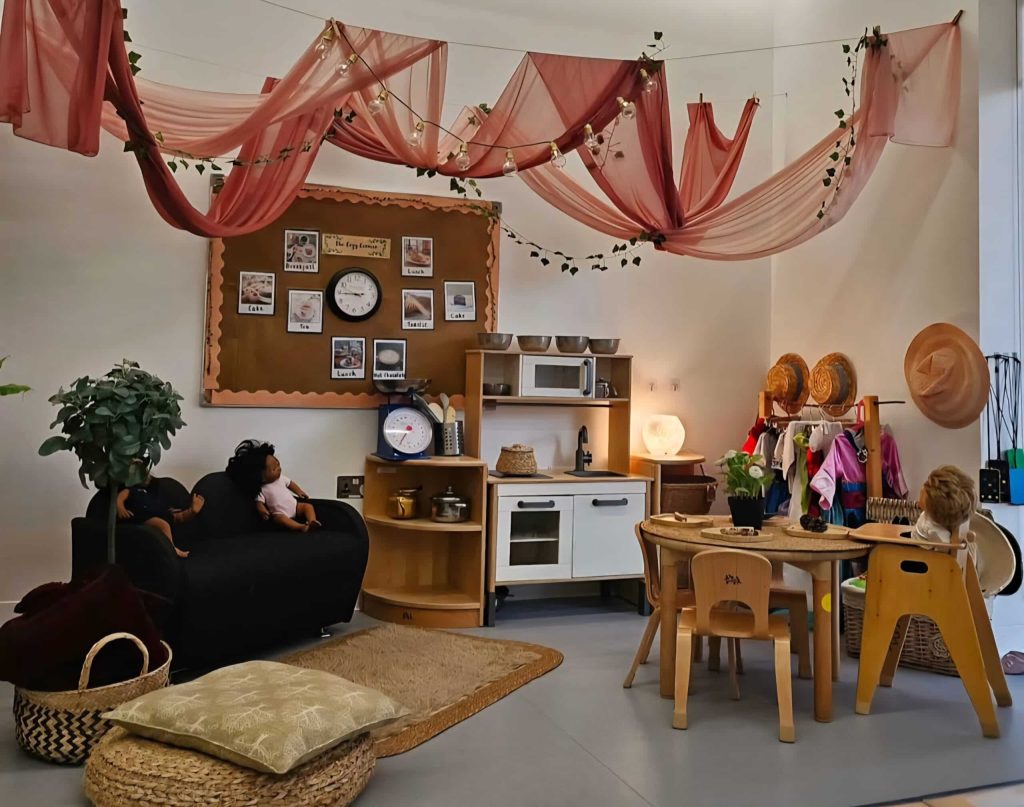
- Cultural Corners
For many Houston families, the altar is the compass point. We care for Vietnamese, Mexican, Indian, and Louisiana-born clients who orient their entire day around a specific corner table with candles, saints, incense, or photos of the deceased. Our care plan literally starts there: “What time does the candle get lit?” Build the schedule around that, and glucose checks or range-of-motion exercises slip seamlessly into the existing ritual.
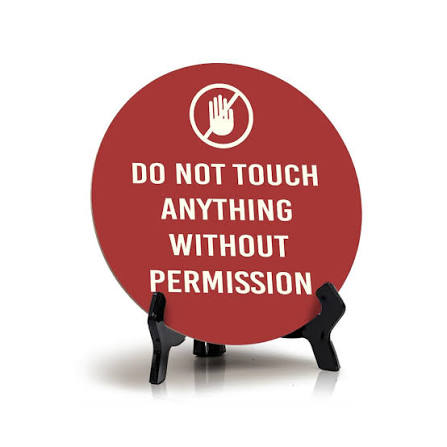
- Our Promise: Move Nothing Without Permission—Except the Air
We photograph tabletops, pillow angles, and TV remotes before we touch anything. If we need to move the coffee table for a walker, we slide it back before we leave. Your home remains a time capsule; we’re just the extra set of hands that keeps the clock ticking.
Quick Checklist for Families
Before our caregiver arrives, walk through once and ask:
☐ Which three objects must never be moved?
☐ What scent means “home” to my loved one?
☐ What sound tells them the day of the week?
☐ Where is the “command center” (chair, window, altar) they face when thinking?
Share the answers with us; we’ll build the care plan around them.
Closing Thought
Hospitals heal bodies; homes heal identities. At Patient Care of Houston we don’t ask your loved one to fit into our system—we fit into theirs, one familiar lampshade at a time. Because the most powerful medication on earth isn’t in our supply bag—it’s in the grain of the dining table where you carved your kids’ heights, the ceiling fan that sounds like the ocean, the couch that’s shaped exactly like your Saturday afternoon nap.
Let us keep you there.
Call Patient Care of Houston at 713-393-7738 or email welcome@patientcareofhouston.com. We’ll bring the caregiver; you keep the couch.
